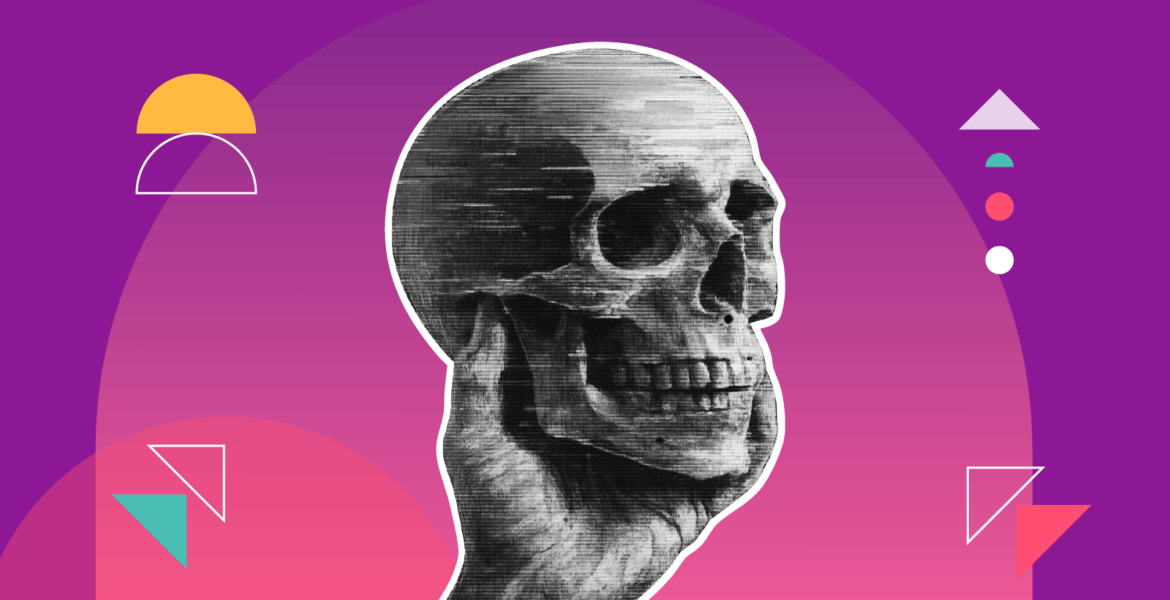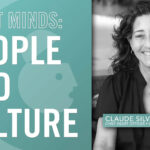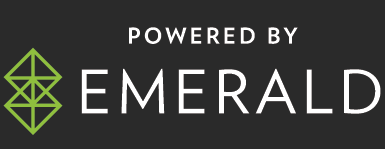By Paul Woolmington, Canvas Worldwide CEO
As marketing and communications professionals, we often find ourselves at the intersection of art and science. As someone who has long championed data-driven approaches, I’ve come to realize that the most compelling arguments arise when we marry hard facts with soft skills, “IQ” with “EQ,” all through the lens of dramatic logic.
This is where the concept of “data storytelling” comes into its own.
To tap into the best science has to offer in service to the best creative, the advertising industry needs to establish data storytelling as a discipline in its own right, if only to close the gap between hard and soft skills that ought to be mutually reinforcing.
The Power of Prologue
Imagine the bare stage of Shakespeare’s Globe Theatre. An actor walks out of the dark and begins to speak directly to the audience.
I’ve always been fascinated by the power of the prologue. In those opening moments, with no elaborate sets to rely on, the storyteller has to paint a vivid picture, setting the scene and providing crucial context for the audience.
This is precisely what we need in our data-saturated world.
We are drowning in a sea of metrics, KPIs, and data points. Every platform, every medium, every piece of technology generates its own set of measurements and insights. As the advances of artificial intelligence become commonplace throughout all industries, we’ll all be subsumed in the truly infinite array of data.
The Role of the Data Storyteller
It’s easy for all of us, clients included, to become overwhelmed by it all, struggling to see the forest for the trees. What we need now is not more data, but a new kind of custodian — the data storyteller.
This emerging role is part liberal arts major, part data geek. They possess the analytical skills to dive deep into the numbers, but also the communication prowess to weave those insights into a compelling narrative. They are the modern-day bards, guiding us through the complexities of our data-rich landscape.
Think of how Shakespeare seamlessly transitioned between the mortal and mystical realms in “A Midsummer Night’s Dream.” Our data storytellers must be equally adept at moving between different data sets, platforms, and disciplines, always keeping sight of the bigger picture.
The data storyteller is neither purely a data scientist nor a traditional strategist. Instead, they represent a new combination of skills:
- Deep analytical capabilities
- Strong communication and creative skills
- Collaborative mindset
- Understanding of media, communications, and business strategy
Their role is to craft the prologue — or rather, multiple prologues — for each stage of the communication process. They make data digestible and actionable, whether in the boardroom or for individual disciplines.
In essence, we are looking to create the Renaissance Men and Women of the 21st century, with highly developed left and right brains. Identifying and onboarding this hybrid talent may require a dramatic reframing of agency skillsets. For starters, data storytelling should be established as a formal discipline, taking its place alongside traditional agency job descriptions. This reframing could inspire new recruitment strategies that meet this modern moment of high-speed change and transformation.
It would behoove agencies to train their lenses on curious polymaths—lifelong learners—receptive to broadening existing skillsets through cross-training programs where data analysts learn creative storytelling techniques while at the same time creatives cut their teeth on becoming well-versed in data analysis.
Art for Outcomes’ Sake
Data storytelling sets the stage for tying everything together into a cohesive narrative. It respects the individual contributions of each data point while painting a holistic picture of success.
In literature, film, and other art forms, we find numerous examples of this storytelling device. Consider the opening crawl of Star Wars, setting the stage for an epic space opera, or the narrator in Wes Anderson’s “The Grand Budapest Hotel,” guiding us through different time periods.
These prologues don’t just dump information on the audience; they invite us into the story, making us active participants in the action.
Reason With Passion Resonates
As we navigate our ever-more complex media landscape, where trust is at a premium and misinformation runs rampant, data storytelling is a powerful antidote. People instinctively sense if a story is either true or false. Data storytelling combines the credibility of hard data with the emotional resonance of a well-told story that is grounded in emotional truth. This approach doesn’t just inform; it engages, convinces, and spurs reaction and action.
As Einstein was wont to say, “science without religion is lame, religion without science is blind.”
Marketing and communications methods and tools are changing dramatically. So are media consumption habits on the part of the audiences advertisers want to reach. But the reasons our attention and curiosity are captured remain immutable. We all watch, read, listen, because we are moved by the way information is presented to us.
Advertising is forever grounded in the art and science of persuasion. The data storyteller therefore emerges as a crucial figure, aligning raw data, meaningful insights, and words, sounds, and images that intrigue us.
By embracing this role and the principles of data storytelling, we can create more impactful, persuasive, and memorable campaigns.
As Shakespeare reminds us in Henry V, “On your imaginary forces work.” Let’s harness the power of data and storytelling to fire the imagination of our audiences to inspire real-world outcomes, awareness, and affinity.








